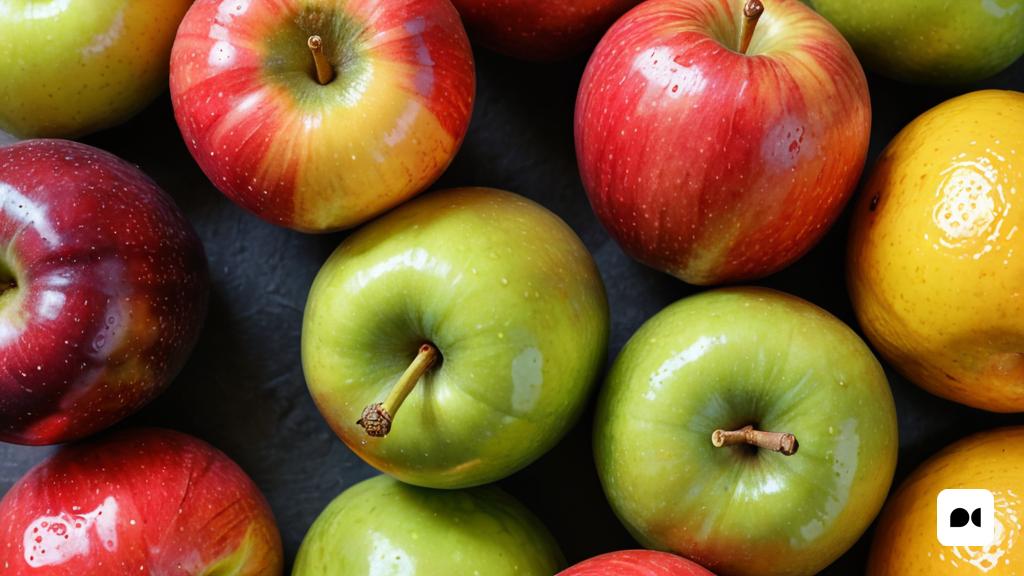Nutritional benefits
The skins of many fruits and vegetables are a rich source of essential nutrients for a balanced diet. For example, the skin of apples contains a high concentration of fiber, vitamin C and antioxidants. The peels of citrus fruits, such as lemons and oranges, are rich in vitamin C and essential oils. The skin of carrots contains vitamin A and antioxidants, while the skin of potatoes is a source of fiber and potassium. Consuming these skins can contribute to improved health and well-being.
Culinary uses
Infusions i tes
The skins of fruits such as apples, pears and citrus fruits can be dried and used to make aromatic and nutritious infusions and teas.
Candied shells
Citrus peels can be candied to create a natural and delicious sweet that can be used as a garnish for desserts or as a snack.
Vegetable broth
The skins of vegetables such as carrots, onions and celery can be used to make stock, providing additional flavor and nutritional value to soups and stews.
Potato skin chips
Potato skins can be made into a crunchy and delicious snack by simply washing them, drying them and baking them with a little oil and salt.
Non-culinary uses
Cleaning up
Citrus peels are great for cleaning, as their natural oils have disinfectant properties. They can be used to make a homemade cleaner by placing the shells in a jar of vinegar for a few weeks and then using the liquid to clean surfaces.
Fertilization and compost
Fruit and vegetable skins are a valuable addition to compost, providing organic matter and essential nutrients that improve compost quality and soil health.
Skin care
Some fruit peels, such as banana peels, have beneficial properties for the skin. You can rub the inside of a banana peel on your skin to help reduce inflammation and irritation, or use papaya peel, which contains enzymes that gently exfoliate the skin.
Natural flavorings
Dried citrus peels can be used as natural flavorings. They can be placed in small cloth bags and put in drawers, cupboards or in the car to keep a fresh and natural smell.
conclusion
Making use of fruit and vegetable skins is an opportunity for sustainability and the reduction of food waste. With culinary and non-culinary uses, these skins offer a variety of possibilities to enrich our daily lives. So the next time you peel a fruit or vegetable, think about the creative ways you can use those peels and contribute to a more sustainable world.

